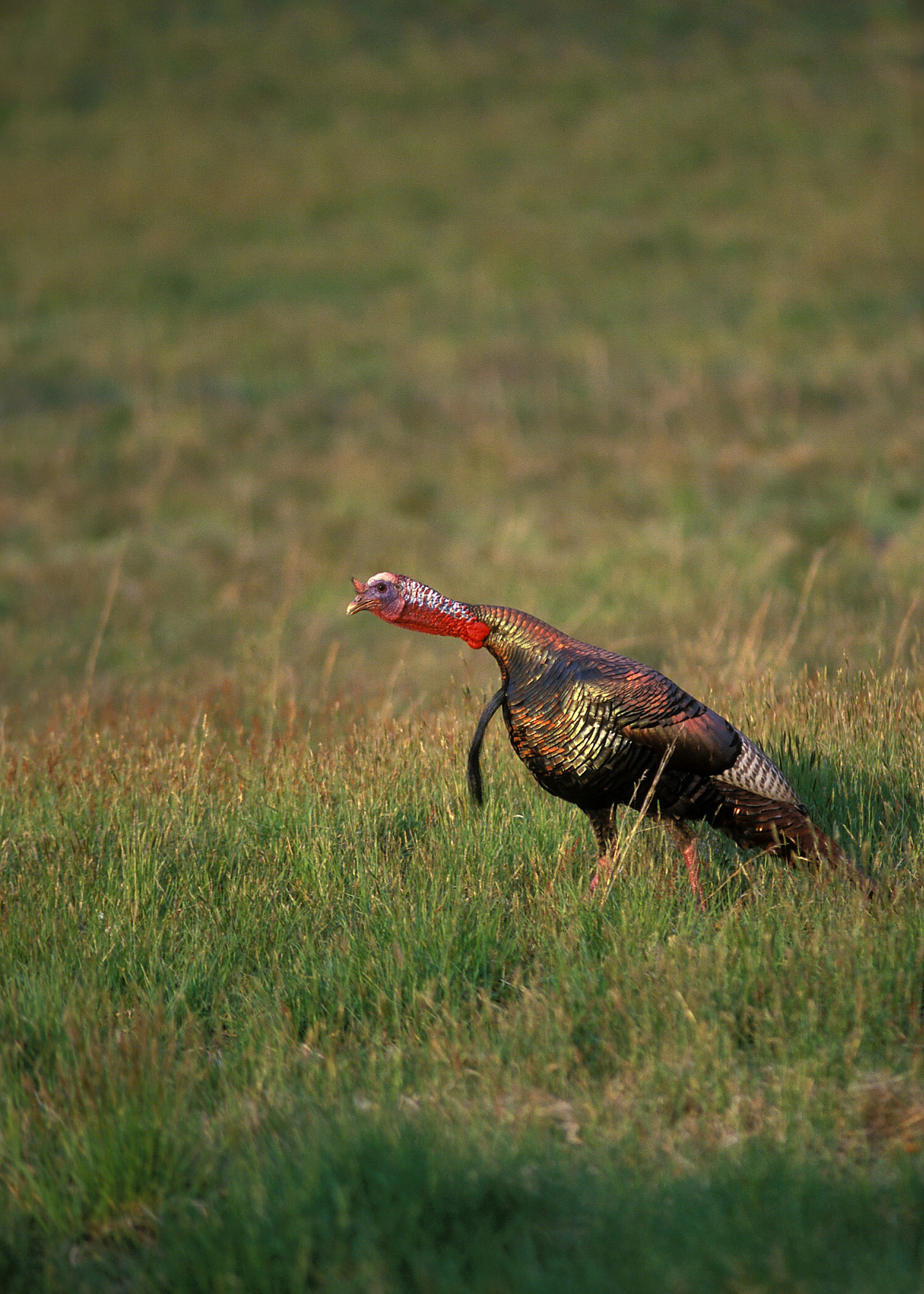

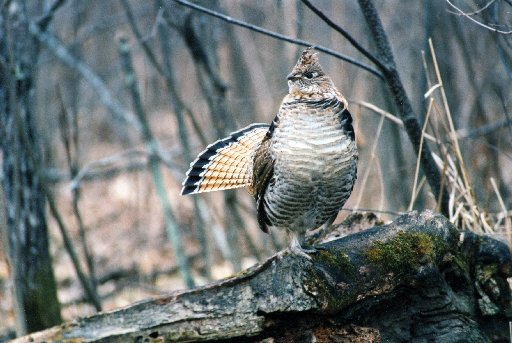
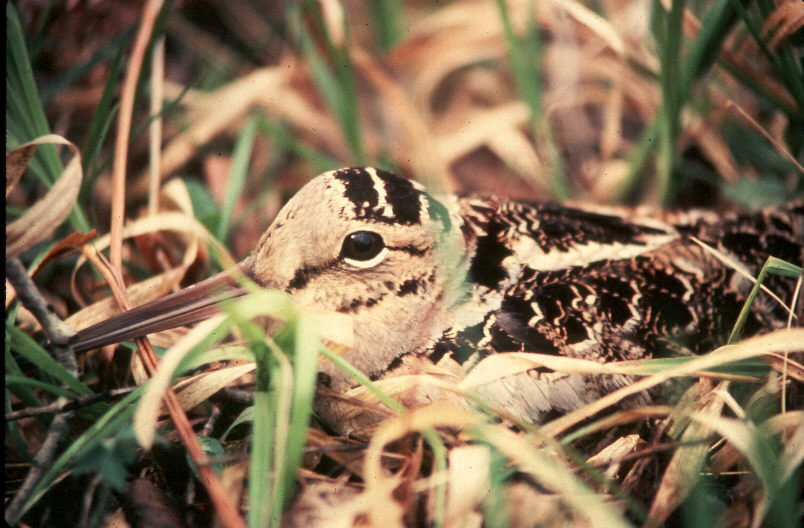
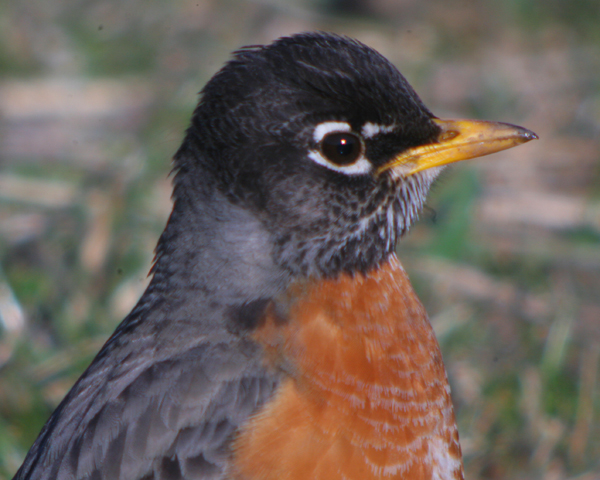
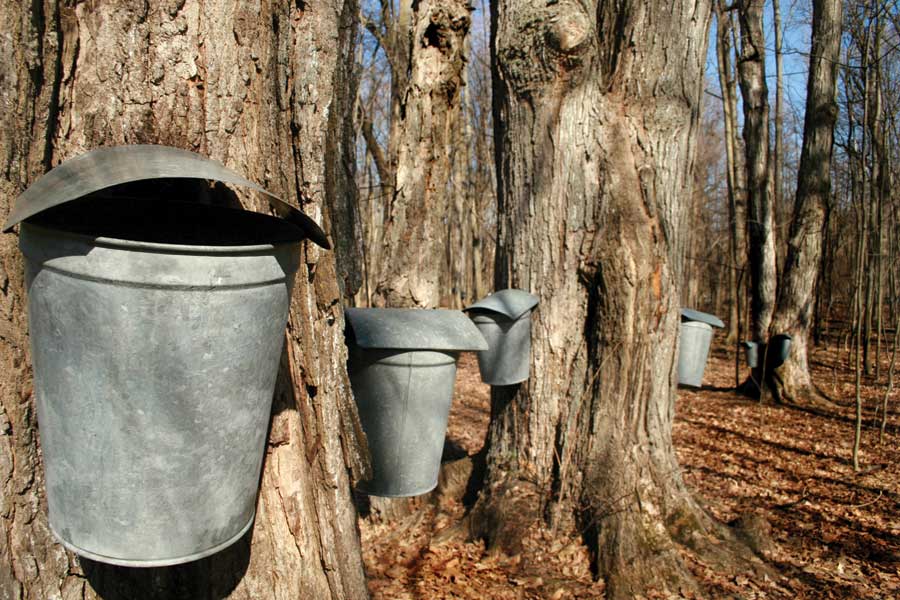
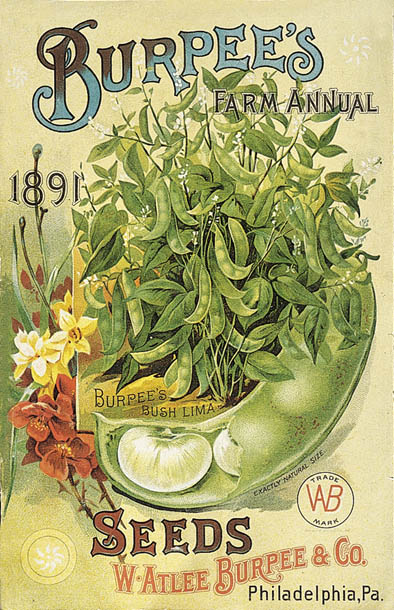
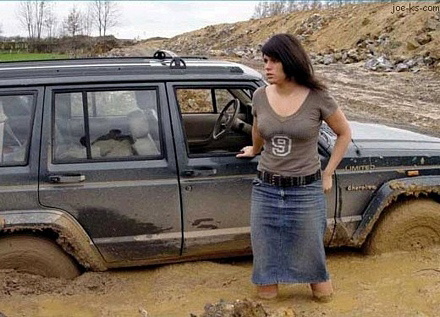
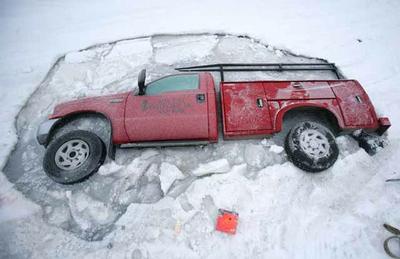
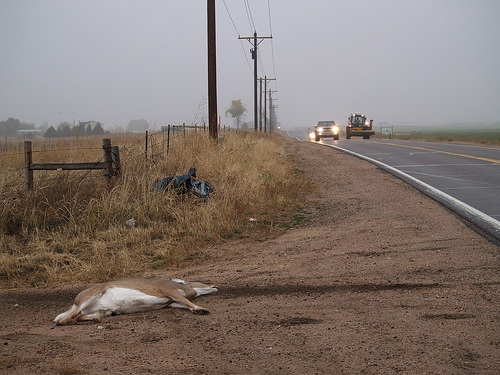
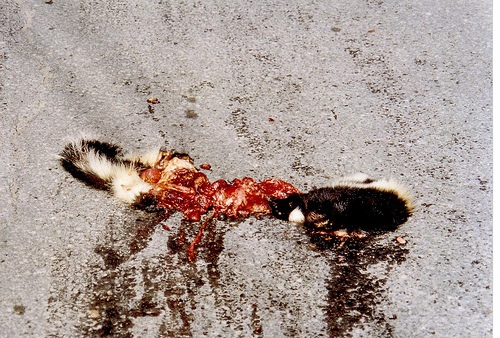
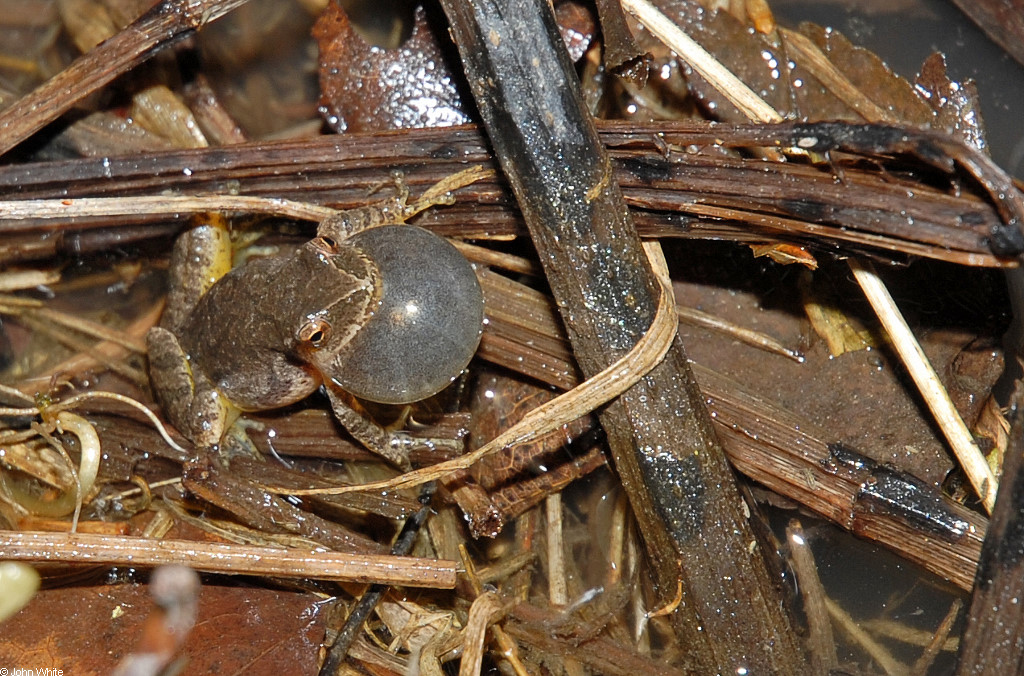
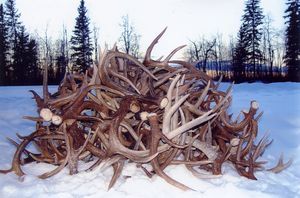
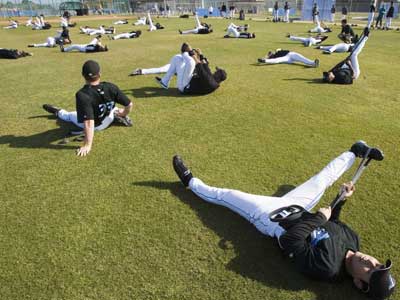
At long last, it’s April and if you look hard, Spring is everywhere. By now, most of these 15 signs are there to be seen.
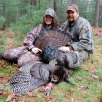
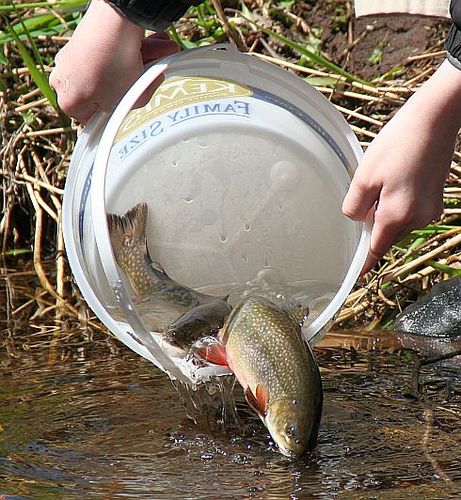
<strong>8. Trout Stocking Schedule</strong> Many states typically send out press releases providing a list of streams, rivers and lakes that they plan to stock with trout. Maryland, for example, will stock more than 325,000 trout and its program is already well underway (<a href="https://www.dnr.maryland.gov/fisheries/stocking/index.asp">www.dnr.maryland.gov/fisheries/stocking/index.asp</a>). Other states are right behind.














At long last, it’s April and if you look hard, Spring is everywhere. By now, most of these 15 signs are there to be seen.